Back in 2018, Mark Bakowski told us about his work on Overlord. He went on to work on Bird Box, Aladdin and The Midnight Sky.
Stephen Ellis started his career in visual effects in 2010 at DNEG on Inception. He has worked on films like Total Recall, Fast & Furious 6 and The Avengers: Age of Ultron. He then joined ILM in 2015 and worked on Spectre, Rogue One: A Star Wars Story and Jurassic Park: Fallen Kingdom.
What was your feeling about being back on a James Bond movie?
Mark Bakowski // Great to be involved again, the production value is always so impressive.
Stephen Ellis // One of the biggest attractions of working on a bond film for a VFX artist is that the effects need to be firmly grounded in reality; there are no fantastical or magical effects so the work involved appeals to artists who love truly invisible, photoreal effects.
How was the collaboration with Overall VFX Supervisor Charlie Noble and Framestore VFX Supervisor Jonathan Fawkner?
Mark Bakowski // Fantastic, Charlie was a dream to work with. Such a lovely guy. Jonathan and I didn’t really work together much which is a shame because he’s also a lovely guy!
What were their expectations and approach about the visual effects?
Mark Bakowski // Charlie was all about photoreal effects; which is what you need for a Bond film.
How was the work split between the various ILM offices?
Mark Bakowski // Our Vancouver studio contributed 69 shots, and our London studio contributed 235 shots.
What were the sequences that ILM was responsible for?
Mark Bakowski // London worked on the opening and closing sequences in Matera, plus various head/face replacements throughout the movie. ILM Vancouver, under Bruno Baron, took care of environment work and VFX in the villain’s lair at the end.
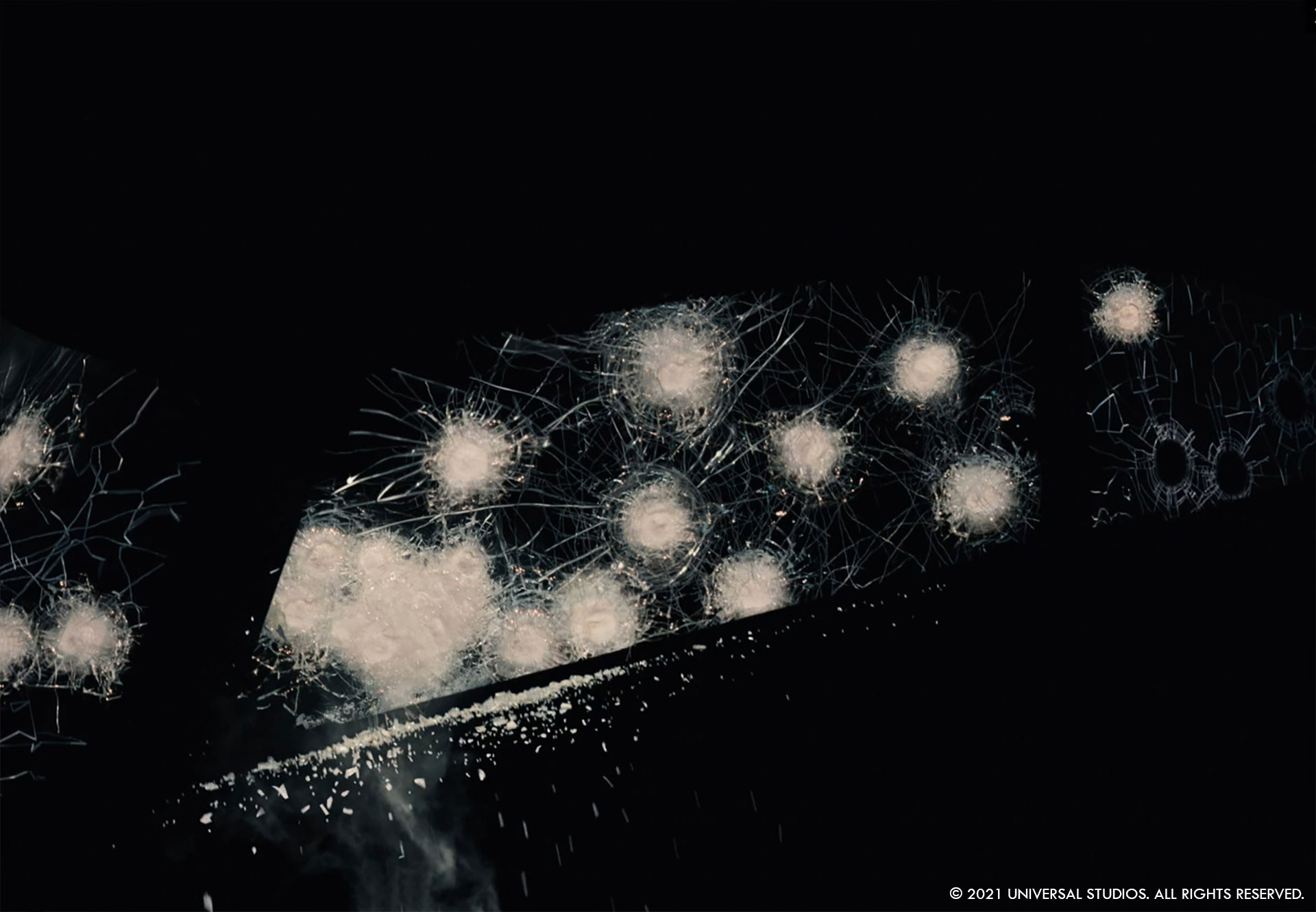
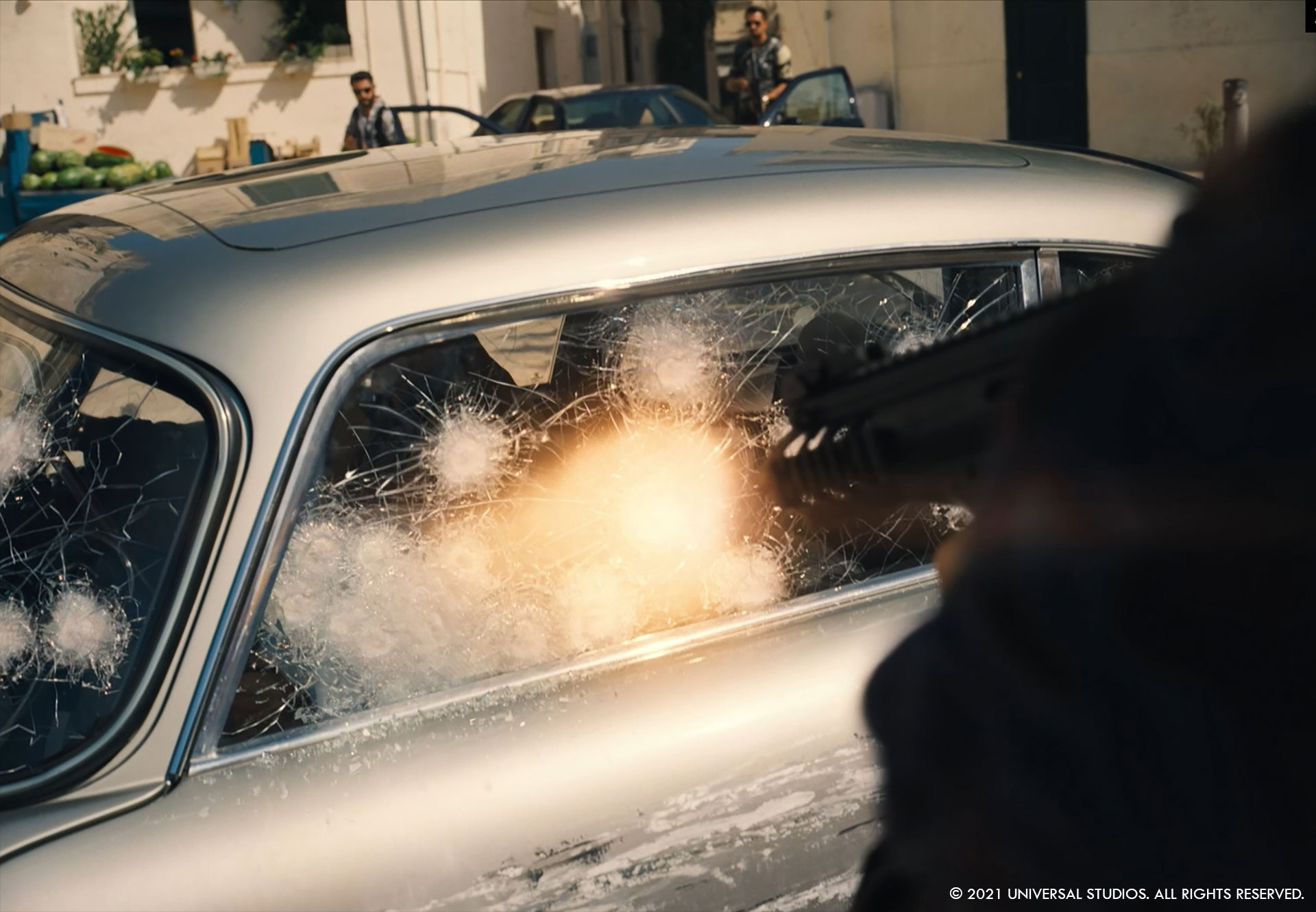
What were the main challenges to shoot action sequences in an old city like Matera?
Mark Bakowski // The heat was definitely a challenge for the team.
Stephen Ellis // One of the more technical challenges resulting from shooting in Matera was the complexity of the camera tracking required. The production shot on IMAX cameras that have an incredibly large film-back, which when mounted on an action vehicle and driven at speed over the cobblestone streets, resulted in some wild motion blur in the IMAX plates. We were often fighting the vibrating film-back combined with the high frequency directional changes from the vehicles suspension, but the layout teams and compositing teams worked together to find the best solution to match the motion to an incredible fidelity needed for the high resolution plates.
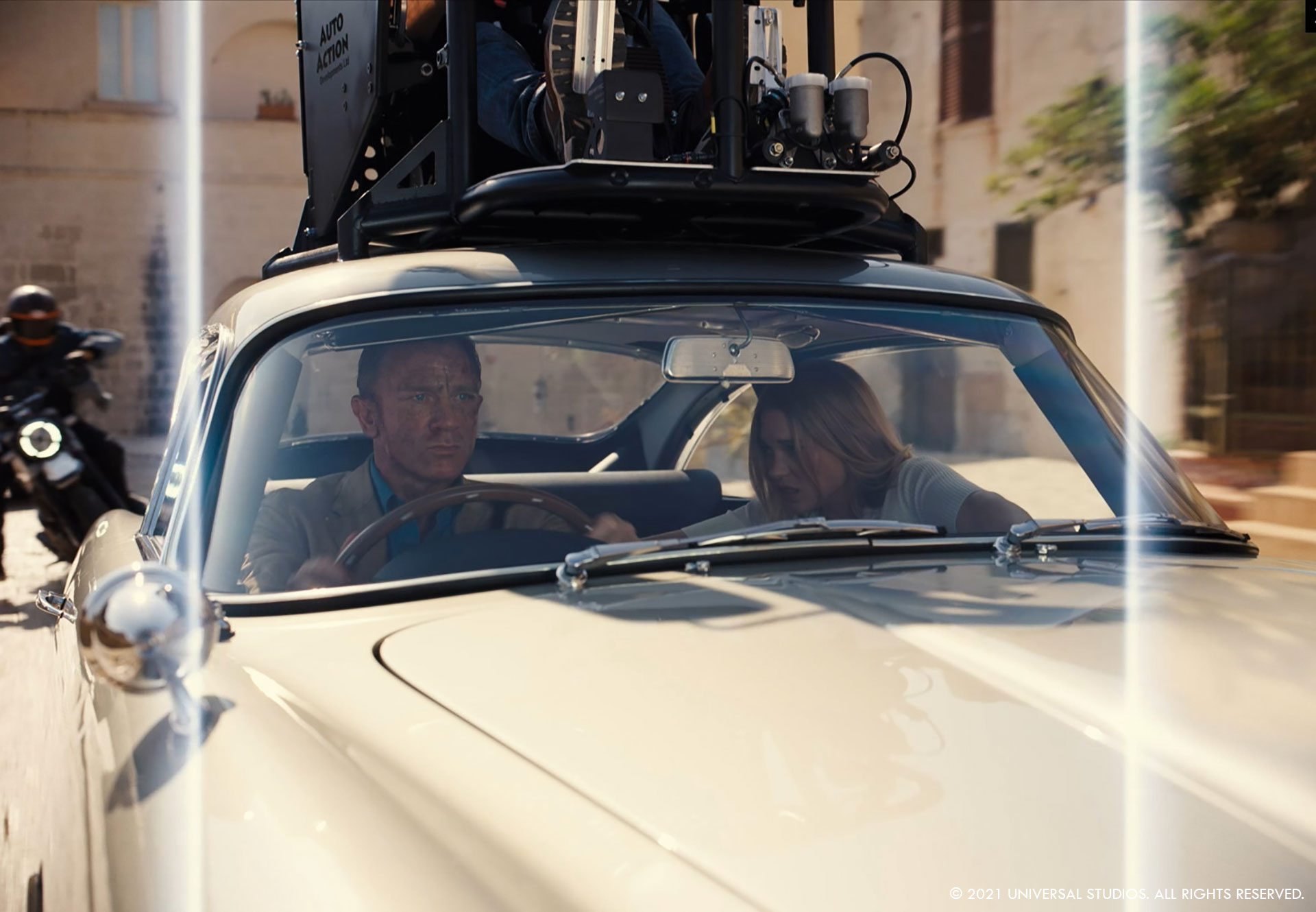
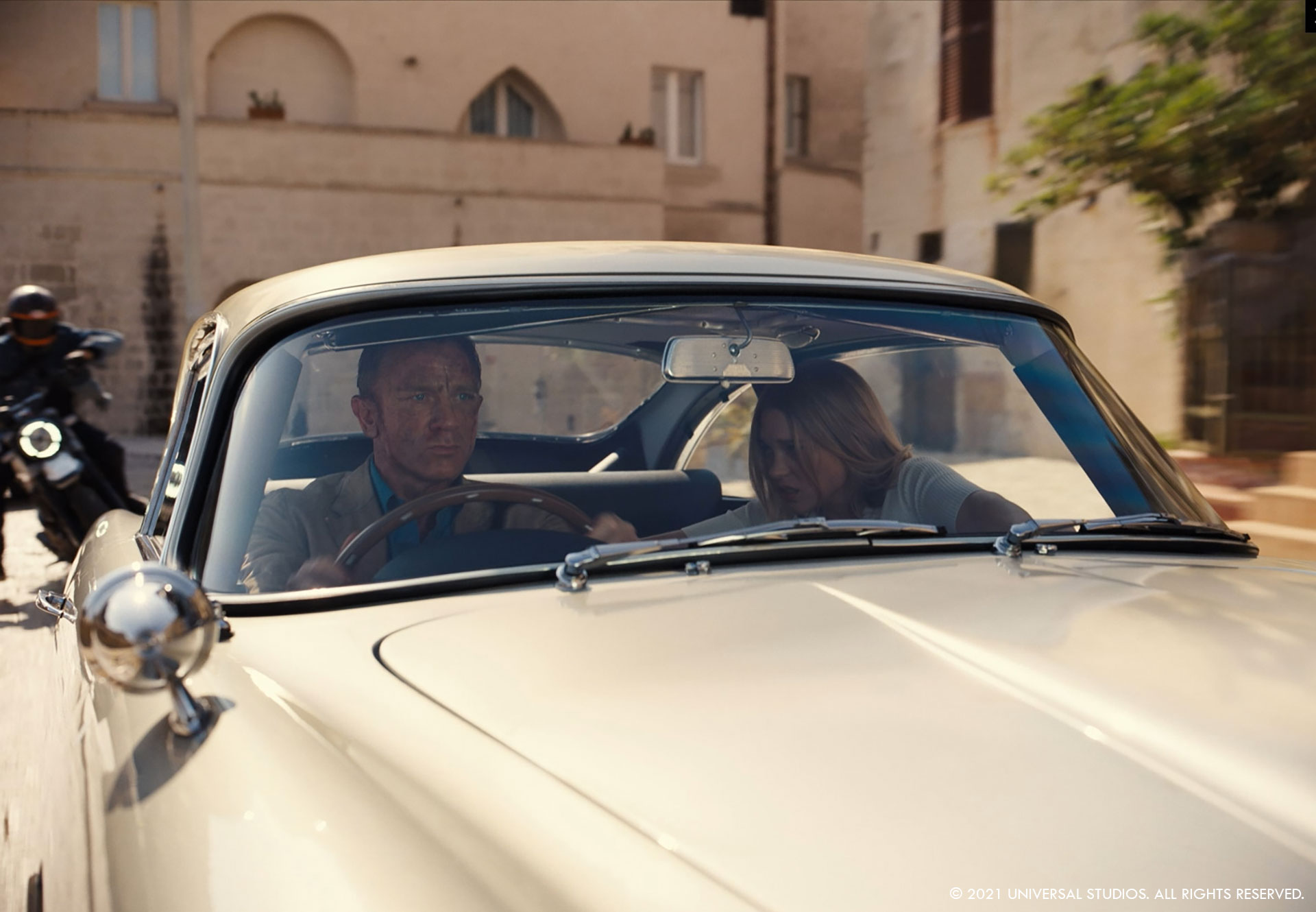
Did you rearrange Matera a bit for story purpose?
Mark Bakowski // Yes, there were some liberties taken. We moved the bridge from the neighboring town of Gravina and attached it to Matera – that was probably the most significant change.
Stephen Ellis // This allowed us to create some really beautiful compositions which otherwise wouldn’t have existed without the augmentation. For example there is an early establishing shot following the DB5 through the tunnel approaching Matera at dawn – in our final composition we dressed the bridge across the canyon to the side of the town, drawing your eye into all the detail present in the middle of frame such as the small burning fires and embers, as well as the digital crowds populating the town. We created some beautiful panning shots on the bridge with the picturesque view of Matera in the background, which otherwise would have been views of a rather dried summer canyon.
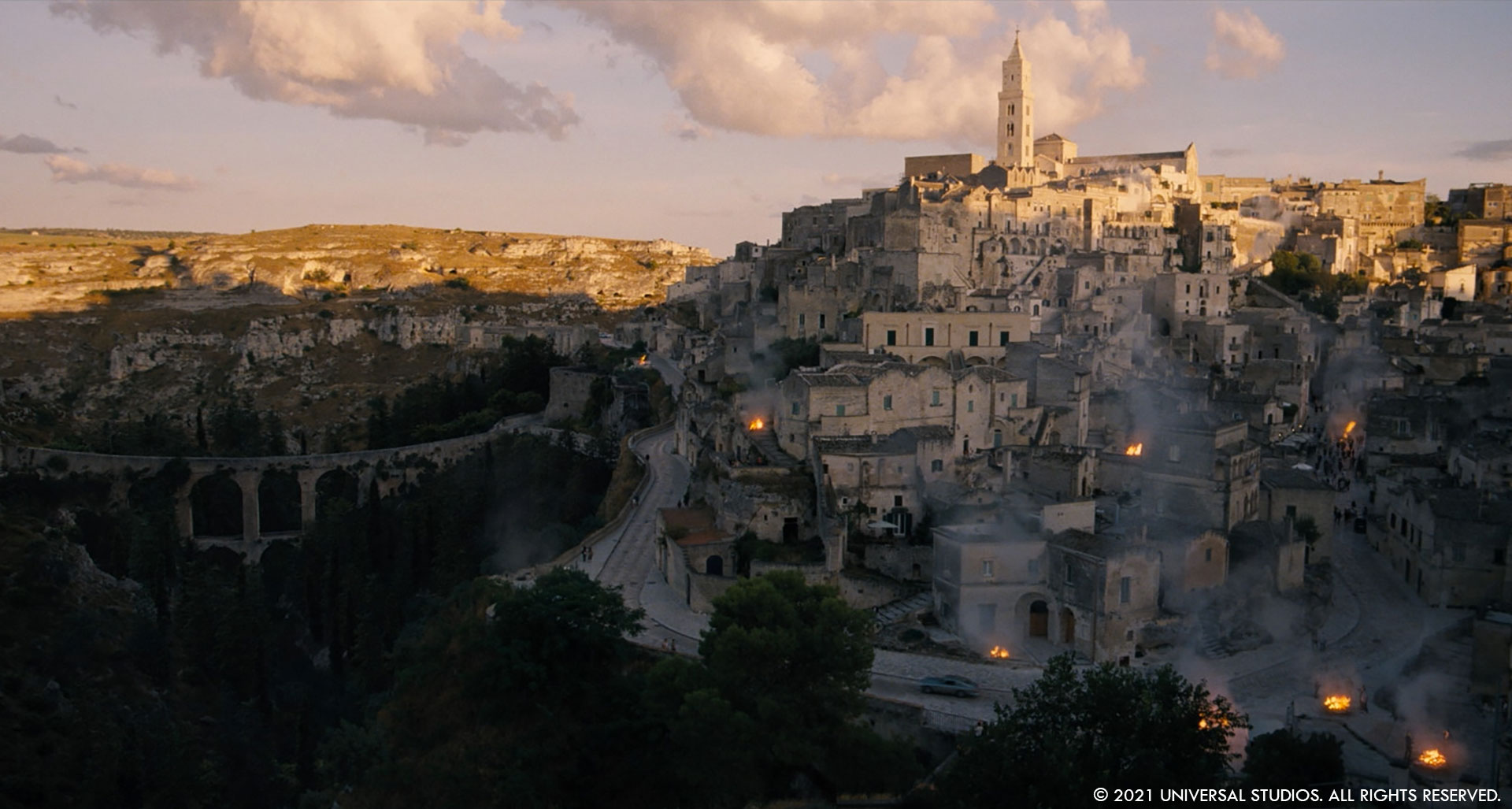
Can you elaborate about the intense action sequence on the bridge?
Mark Bakowski // As mentioned above there was a bit of fixing the geography to do when we were on the bridge. A fair few CG head replaces, comp & FX work for the bullet hits and the rope swing, a CG car for the bit where Bond is nearly run over.
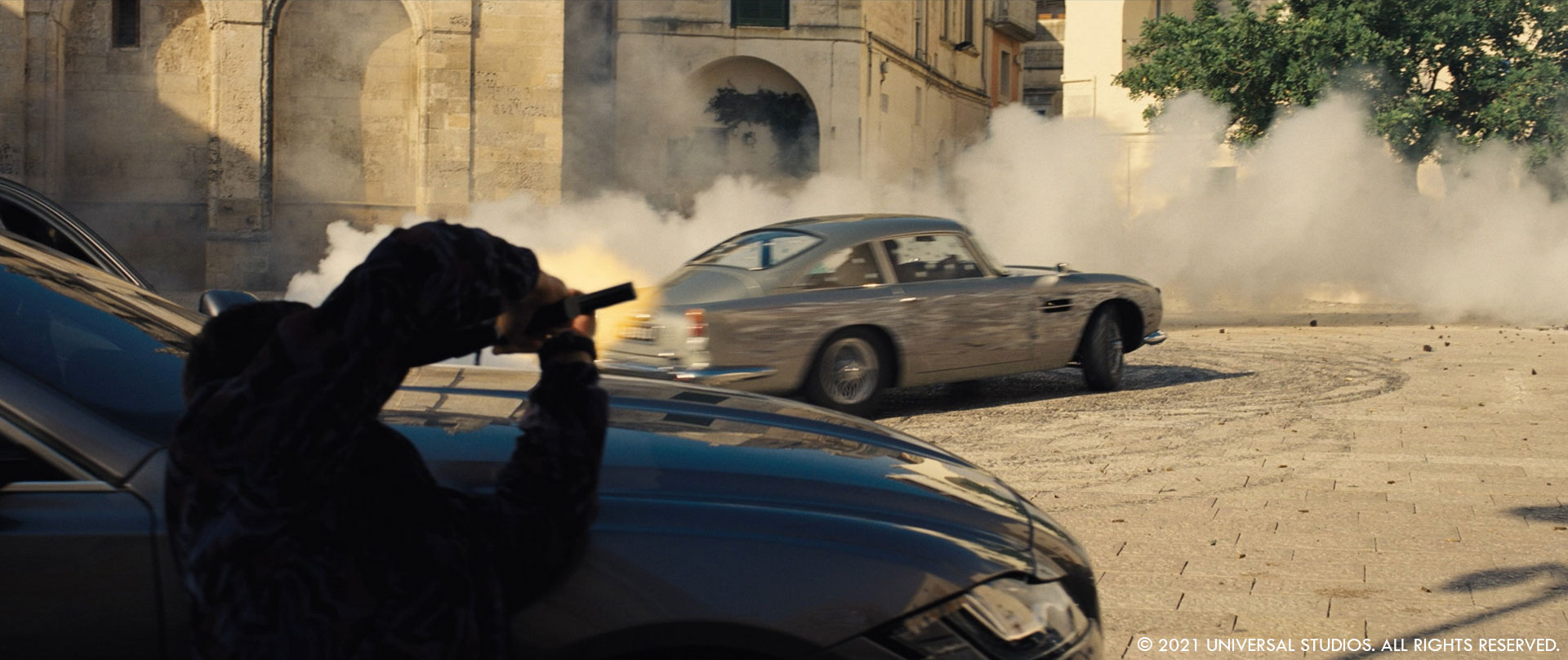
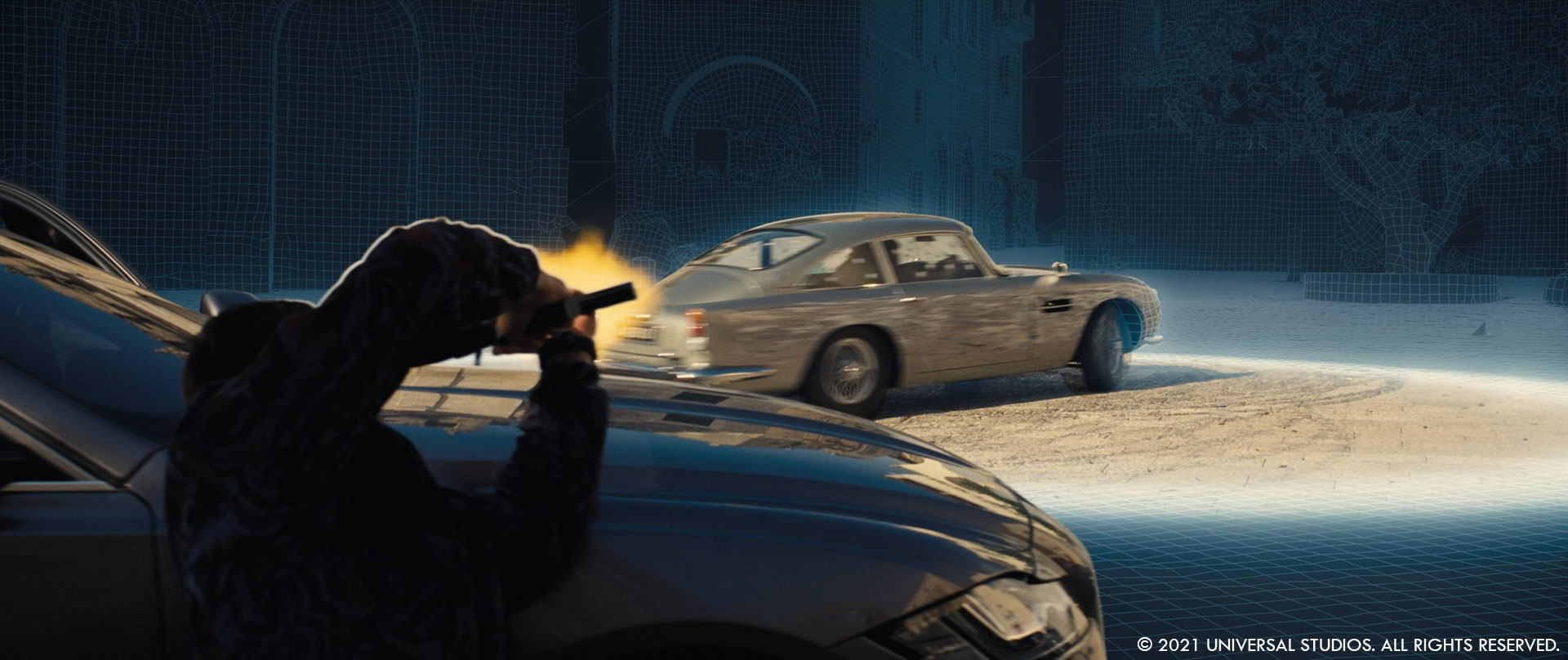
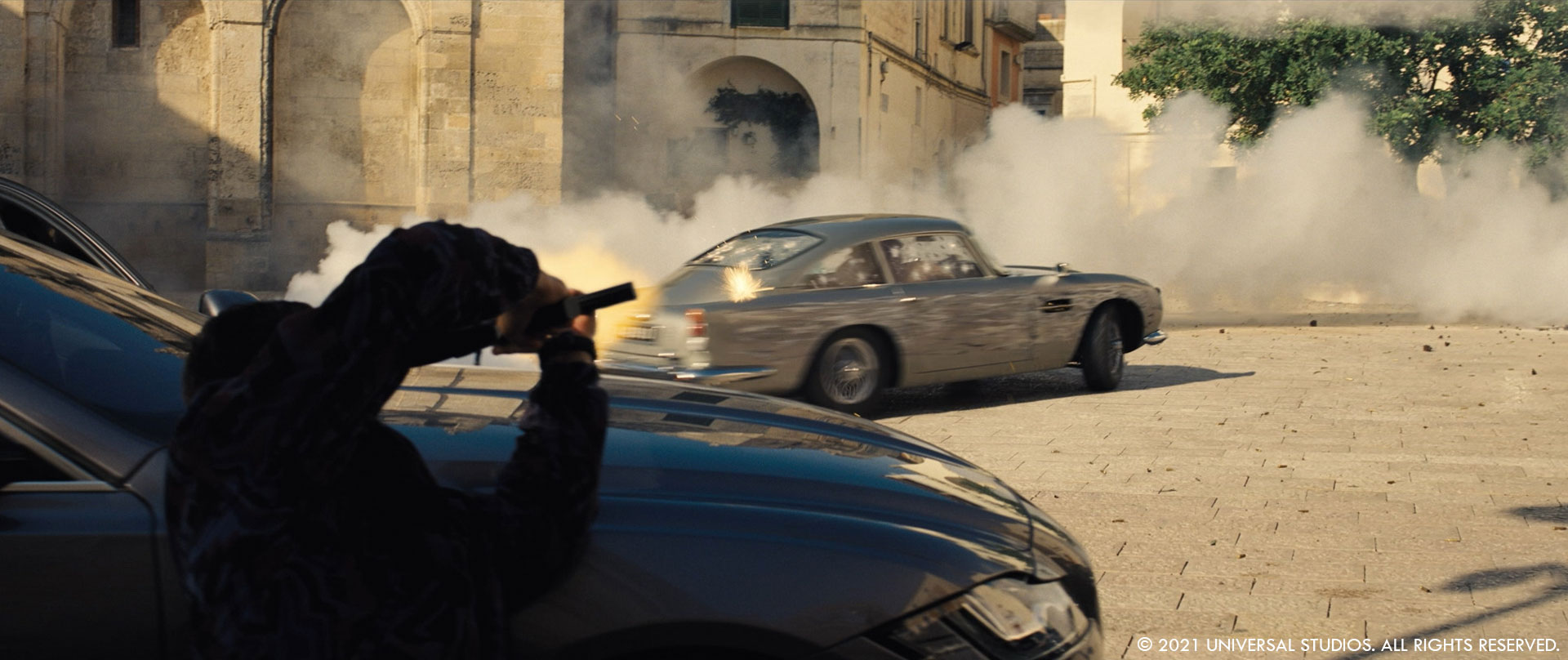
Can you elaborate about the jump into the void from the bridge?
Mark Bakowski // That was actually a meticulously choreographed physical stunt – in VFX we helped with the head replacement and painting out safety wires and the like.
There is another impressive stunt with a motorcycle doing a big jump. How did you enhance it?
Mark Bakowski // Again, we performed head replacements for Bond for all of those shots. Also the ramp he rides up was dressed digitally to sit seamlessly into the environment.
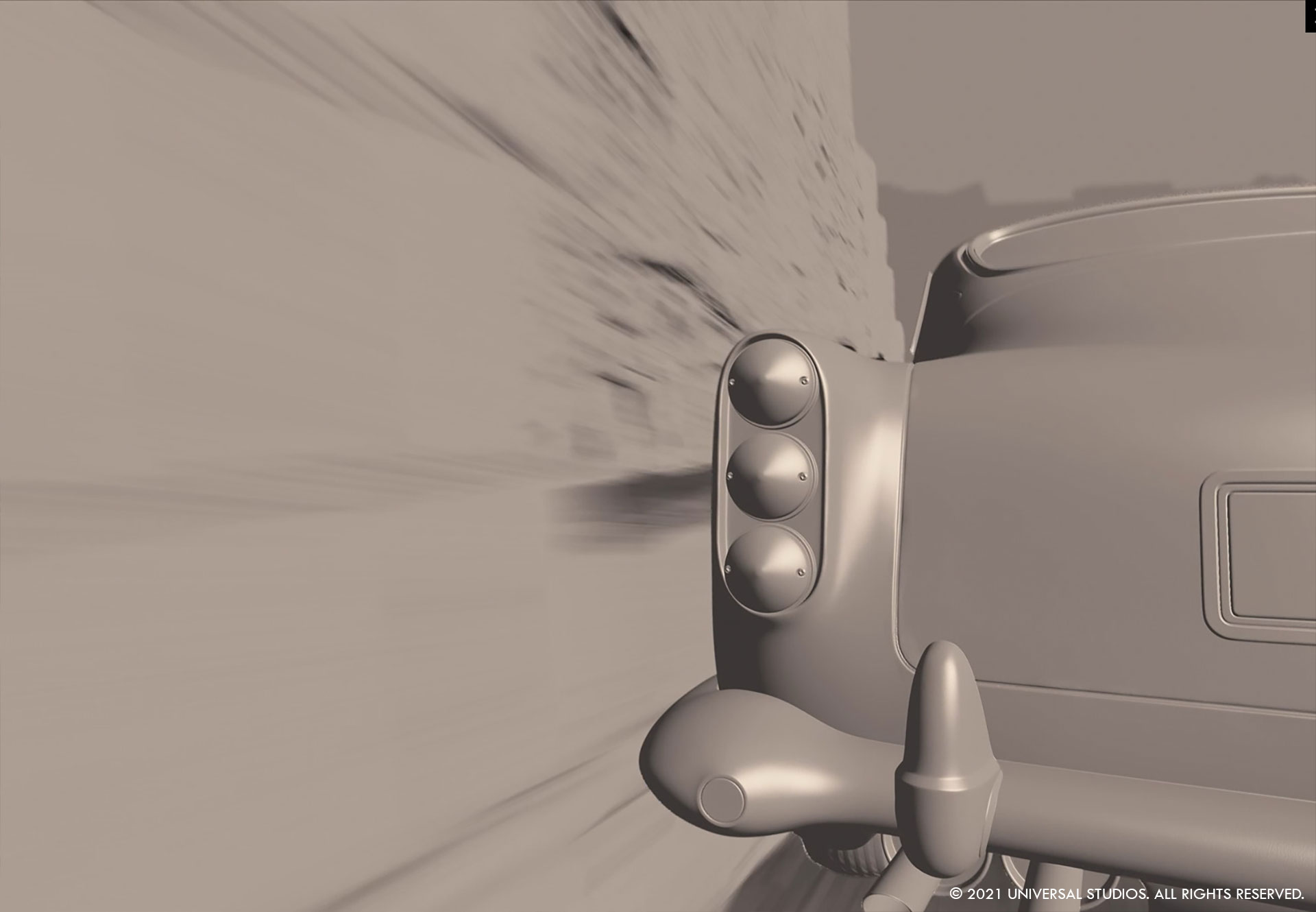
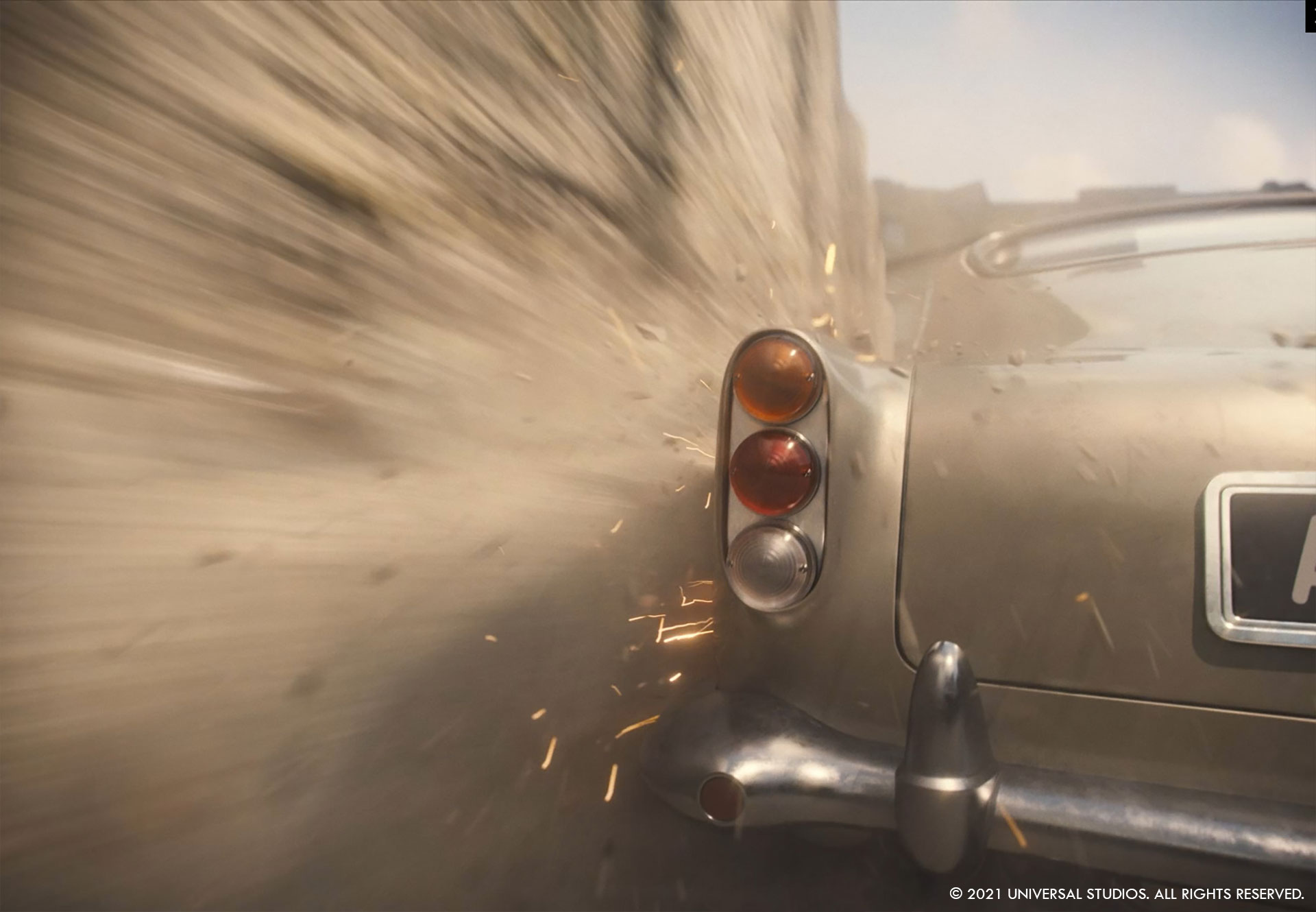
Can you elaborate about the impressive circle made by the Aston Martin DB5?
Mark Bakowski // Lots of amazing stunt work there – though we helped out with the smoke and the squibs, cartridges and FX hits. Plus, again, some head replacements.
Stephen Ellis // Some of the work that was particularly successful was the glass fracturing on the DB5 windows from the bullet hits. What was interesting about this was the wide variety of techniques and different approaches we used depending on the shot. This was truly a collaboration from all departments to achieve a cohesive look for the sequence. The SFX team had created some bullet hits as stickers to go on the car windows, however there were multiple DB5’s used on set and multiple sticker locations, so we were tasked with improving the look of the glass cracks whilst retaining the plate, as of course we had the actors performing behind the glass which we needed to keep. We developed an interesting workflow where for some shots the compositing team could bake down the position of the original bullet hits from the plate into a UV space map for the FX team to receive. These were then traced back into a 3D position on the DB5, which would then form the source point for some digital fracturing. For other shots, the layout team tracked 3d locators to the SFX stickers which could then be sent through the same FX workflow. Ultimately the new digital cracks were sent through to the lighting department for rendering in a choice of ways depending on whether the shot was a close up or a wide.
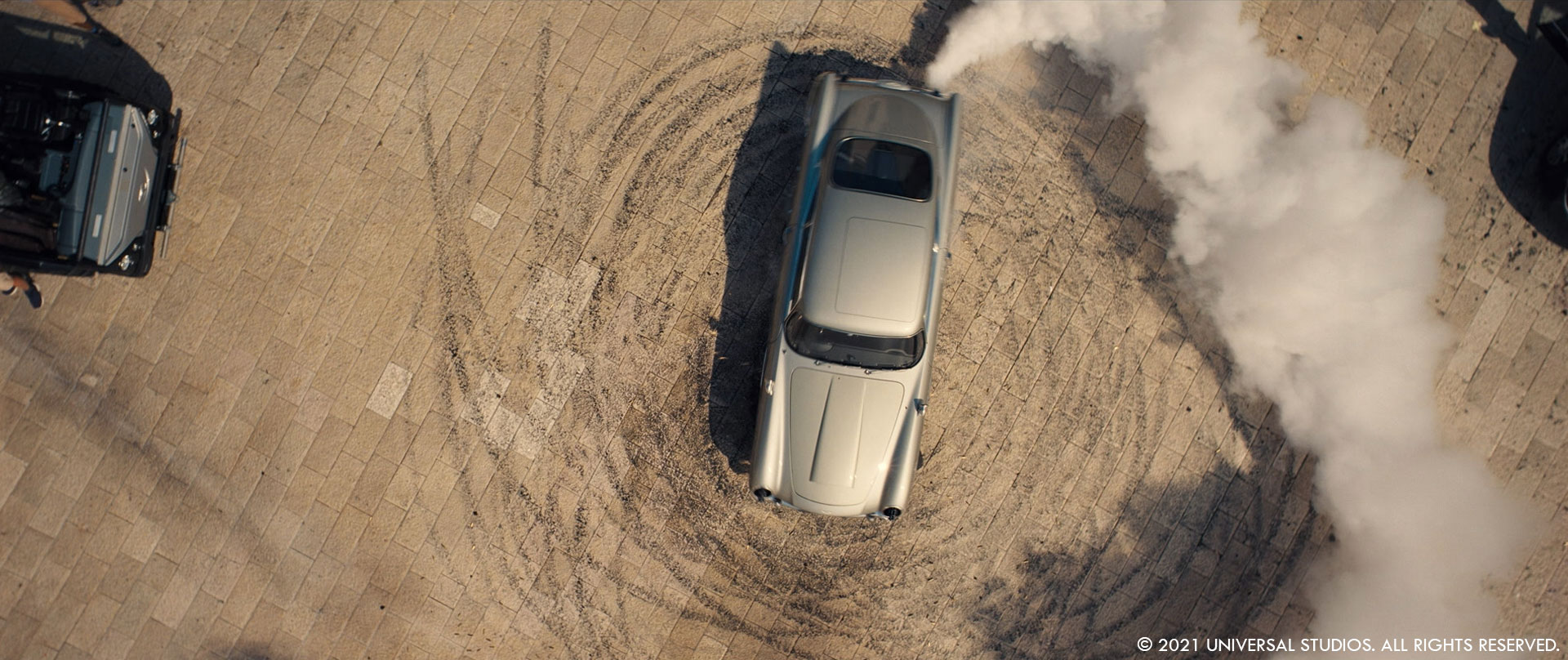
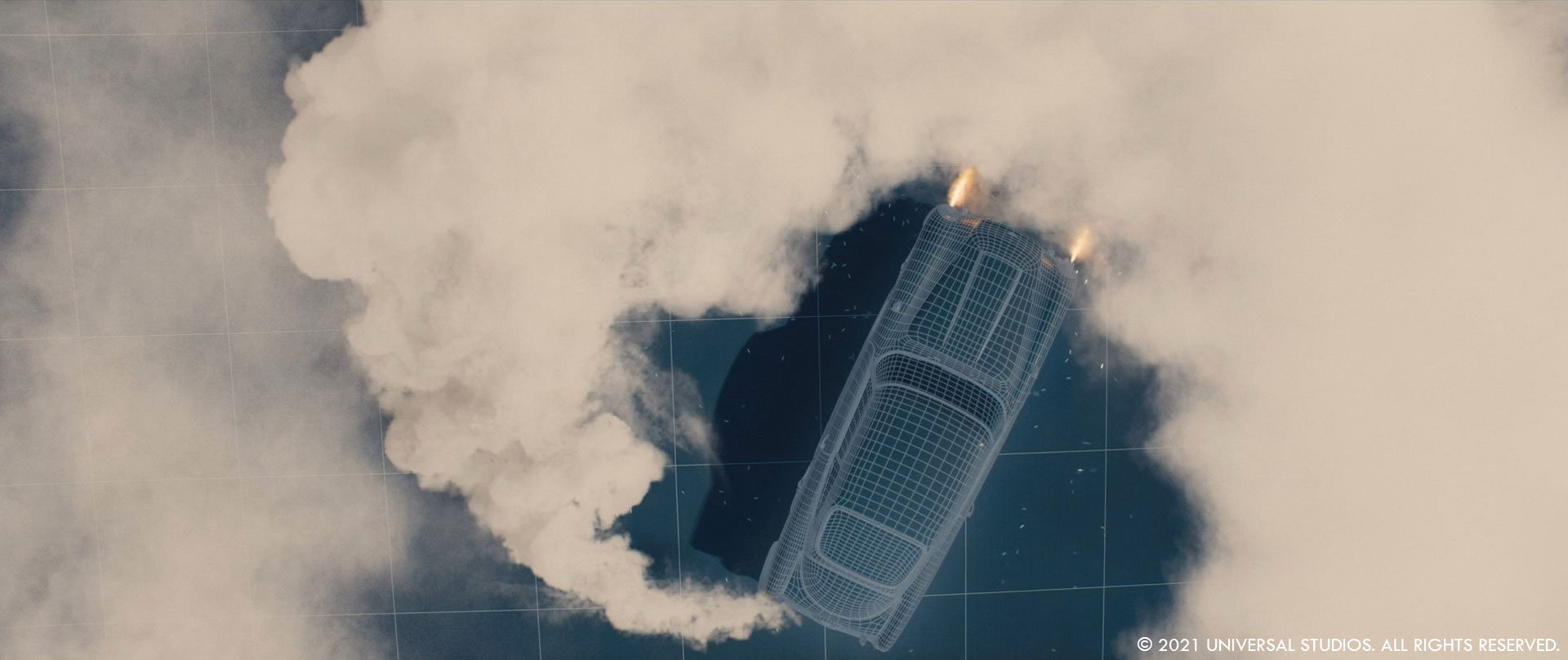
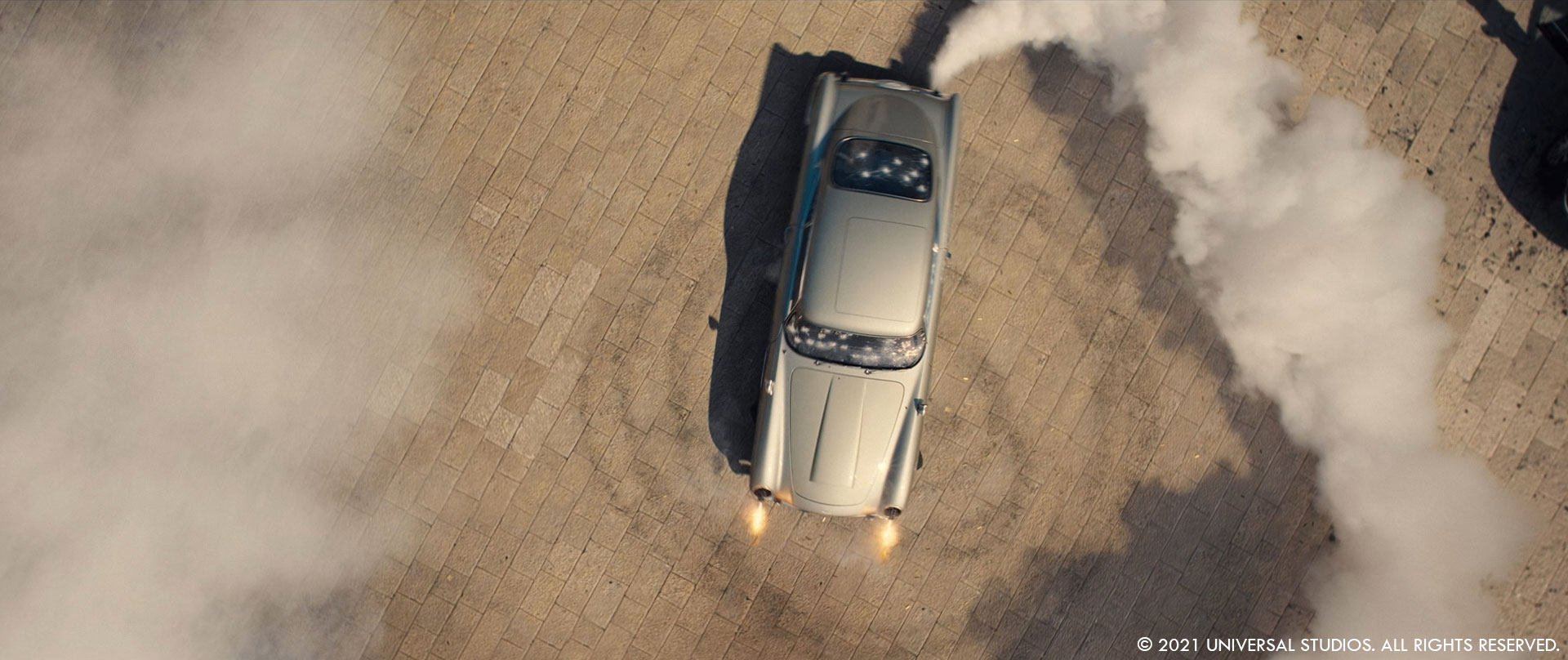
Which shot or sequence was the most challenging?
Mark Bakowski // We seemed to get hung up on a matte painting of a graveyard. For some reason it took a little longer to get there than I anticipated. We did a few rounds on that. It wasn’t a big shot at all but for some reason it was our most contentious. Anyway it all turned out to be fine in the end when we added a tree. That and one specific head replacement for Bond; he was at a funny angle and it took a while to get him to work as DC.
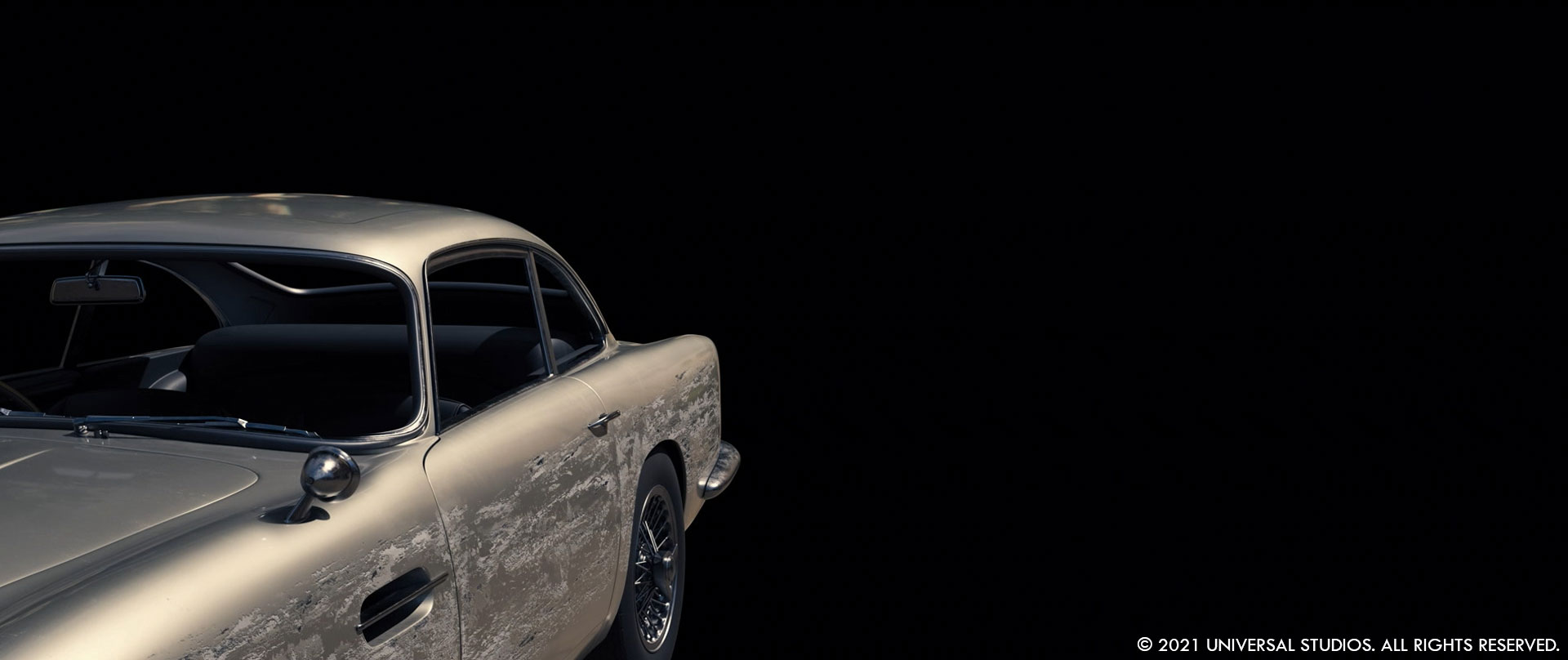
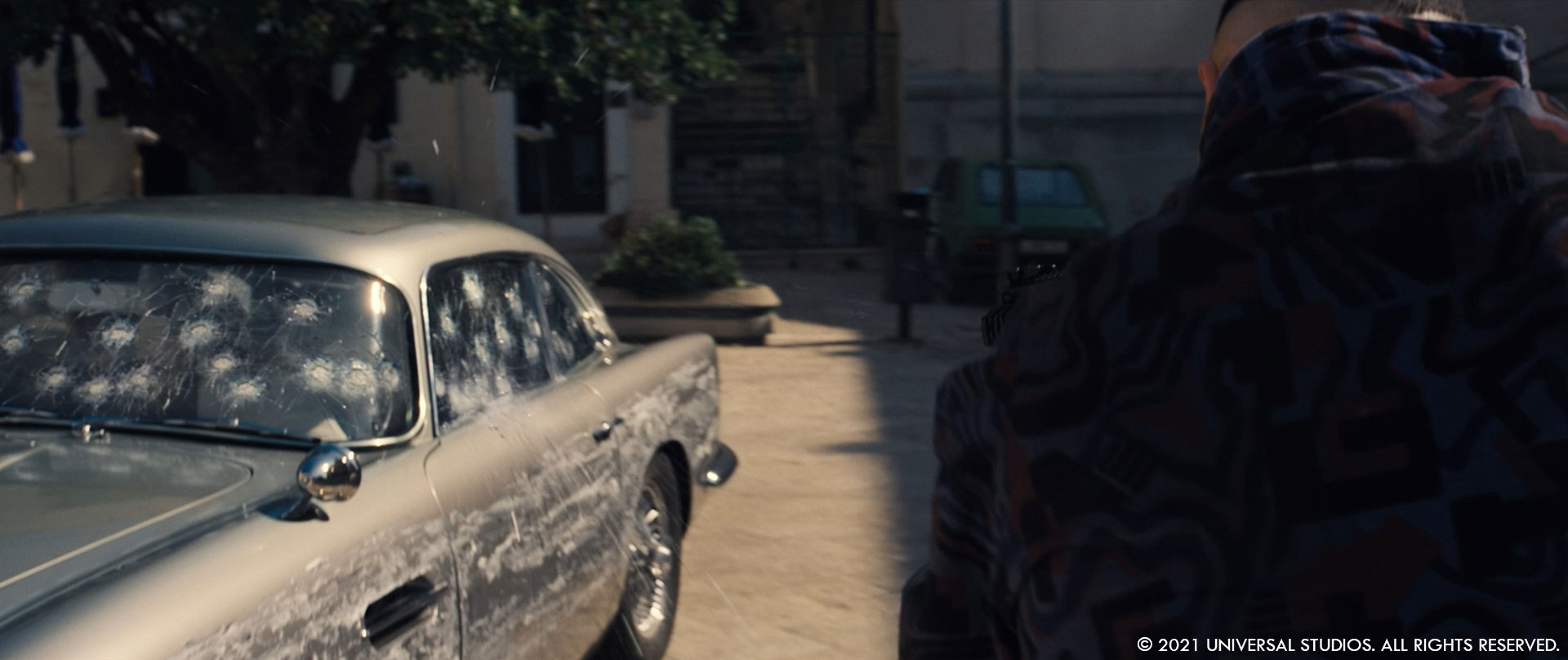
Is there something specific that gives you some really short nights?
Mark Bakowski // Oddly no, it felt like a smooth project and the team internally both in London and in Vancouver were a dream to work with. I really enjoyed the shoot and the post.
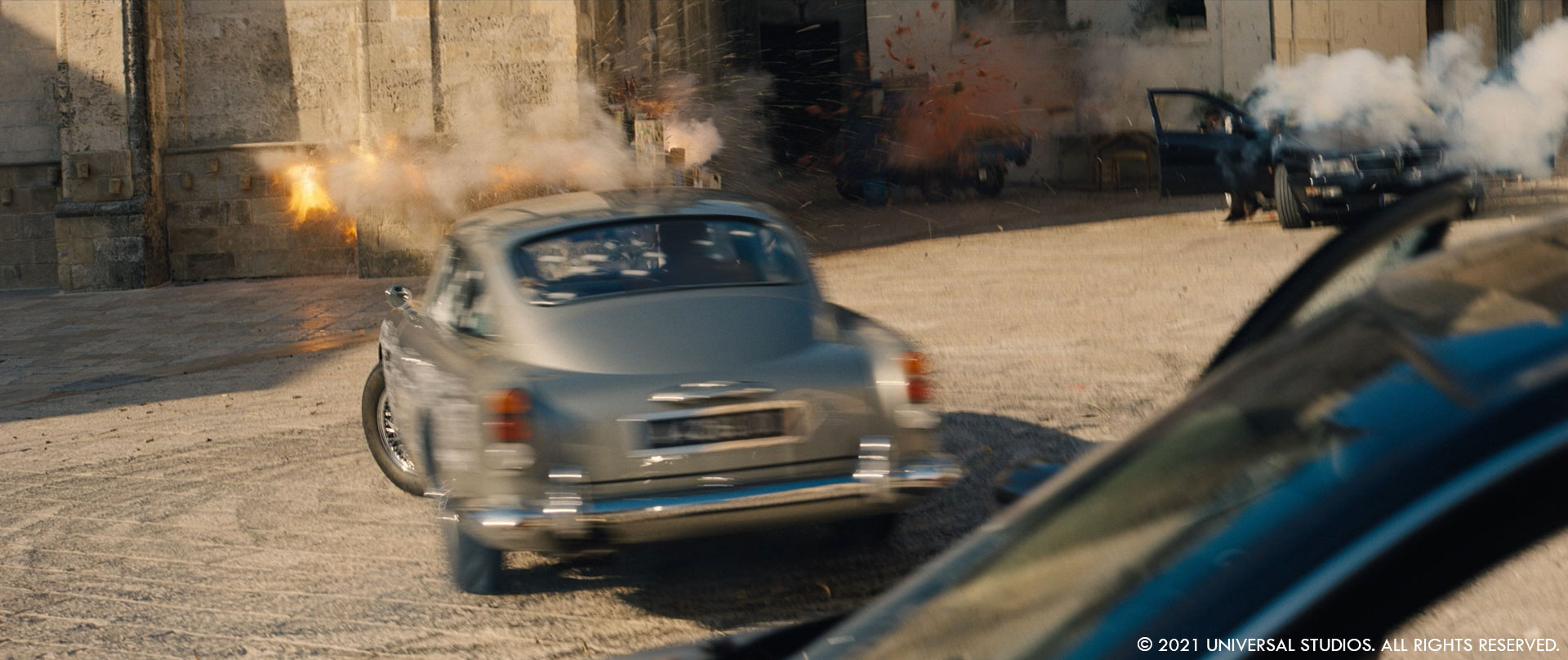
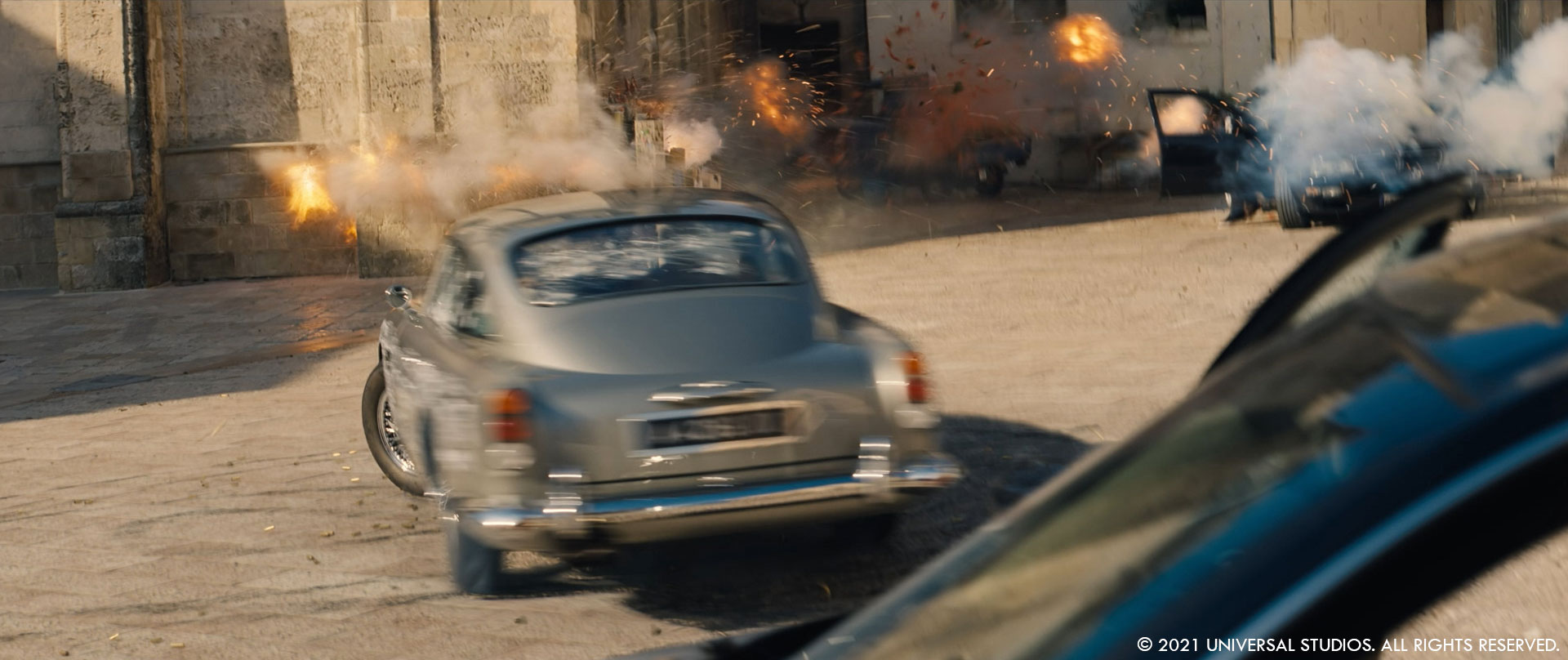
What is your best memory on this show?
Mark Bakowski // The commute to work when shooting in Matera. A beautiful walk through the old town.
What’s the VFX shots count?
Mark Bakowski // 304 shots in total contributed by ILM.
A big thanks for your time.
// No Time To Die – Another Classic Bond Chase Scene – Extended Clip
© Vincent Frei – The Art of VFX – 2022




